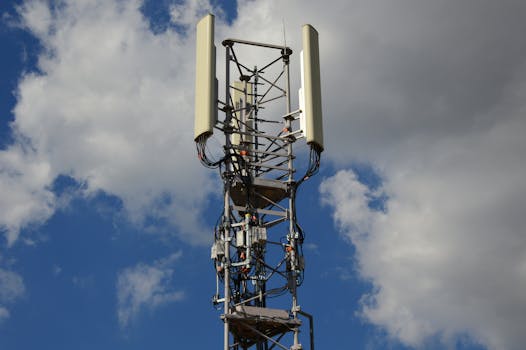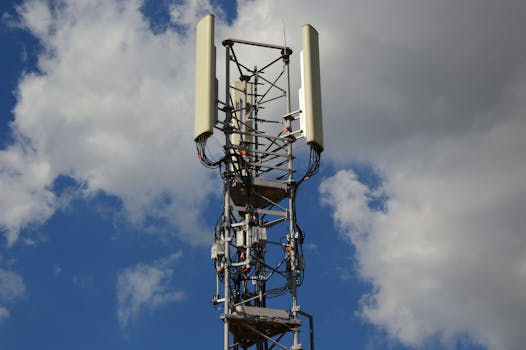5G Technology Advancements and Impact on Mobile Networks

5G Technology Advancements and Impact on Mobile Networks
5G technology advancements have been transforming the mobile network landscape, offering unparalleled speeds, lower latency, and enhanced connectivity. As the world becomes increasingly reliant on mobile devices, the need for faster, more reliable, and secure networks has never been more pressing. At the forefront of this revolution is 5G, the fifth generation of wireless technology, designed to meet the exponential growth in mobile data traffic and the rising demand for high-speed, low-latency connections.
5G technology advancements are built on the foundation of several key pillars, including millimeter wave spectrum, massive MIMO, beamforming, and network slicing. Millimeter wave spectrum, which operates at frequencies above 24 GHz, offers vast amounts of bandwidth, enabling faster data transfer rates and lower latency. Massive MIMO (Multiple-Input Multiple-Output) technology, on the other hand, uses large arrays of antennas to improve the capacity and performance of mobile networks. Beamforming, a technique that focuses radio signals in specific directions, enhances the signal strength and quality, while network slicing allows multiple independent networks to coexist on the same physical infrastructure, each optimized for specific use cases.
The Impact of 5G on Mobile Networks

The impact of 5G on mobile networks has been profound, with significant improvements in speed, latency, and connectivity. 5G networks can achieve speeds of up to 20 Gbps, far surpassing the 100 Mbps offered by 4G networks. This dramatic increase in speed has enabled a wide range of new use cases, including enhanced mobile broadband, mission-critical communications, and massive machine-type communications. Lower latency, which is as low as 1 ms in 5G networks, has also opened up new possibilities for applications that require real-time communication, such as online gaming, virtual reality, and remote healthcare.
The enhanced connectivity offered by 5G has also paved the way for the widespread adoption of IoT (Internet of Things) devices, which are expected to reach 50 billion by 2025. With 5G, IoT devices can communicate with each other and with the cloud in real-time, enabling a wide range of innovative applications, from smart cities to industrial automation. Furthermore, 5G networks have been designed with security in mind, incorporating advanced security features, such as network slicing and edge computing, to protect against increasingly sophisticated cyber threats.
Real-World Applications of 5G

5G technology advancements have already started to transform various industries, from healthcare to transportation. In healthcare, 5G has enabled the development of remote healthcare services, such as telemedicine and remote monitoring, which have improved patient outcomes and reduced healthcare costs. In transportation, 5G has enabled the development of autonomous vehicles, which rely on low-latency, high-speed connections to navigate safely and efficiently.
In addition to these industries, 5G has also been transforming the education sector, enabling the development of immersive, interactive learning experiences that enhance student engagement and outcomes. Virtual and augmented reality, which rely on 5G’s low latency and high-speed connections, have become essential tools in the classroom, allowing students to explore complex concepts in a more engaging and interactive way.
Conclusion

In conclusion, 5G technology advancements have been revolutionizing mobile networks, offering unprecedented speeds, lower latency, and greater connectivity. As the world becomes increasingly reliant on mobile devices, the need for faster, more reliable, and secure networks has never been more pressing. With its vast array of applications, from enhanced mobile broadband to mission-critical communications, 5G is poised to transform various industries, from healthcare to transportation, and enable a wide range of innovative use cases that will shape the future of our society.



